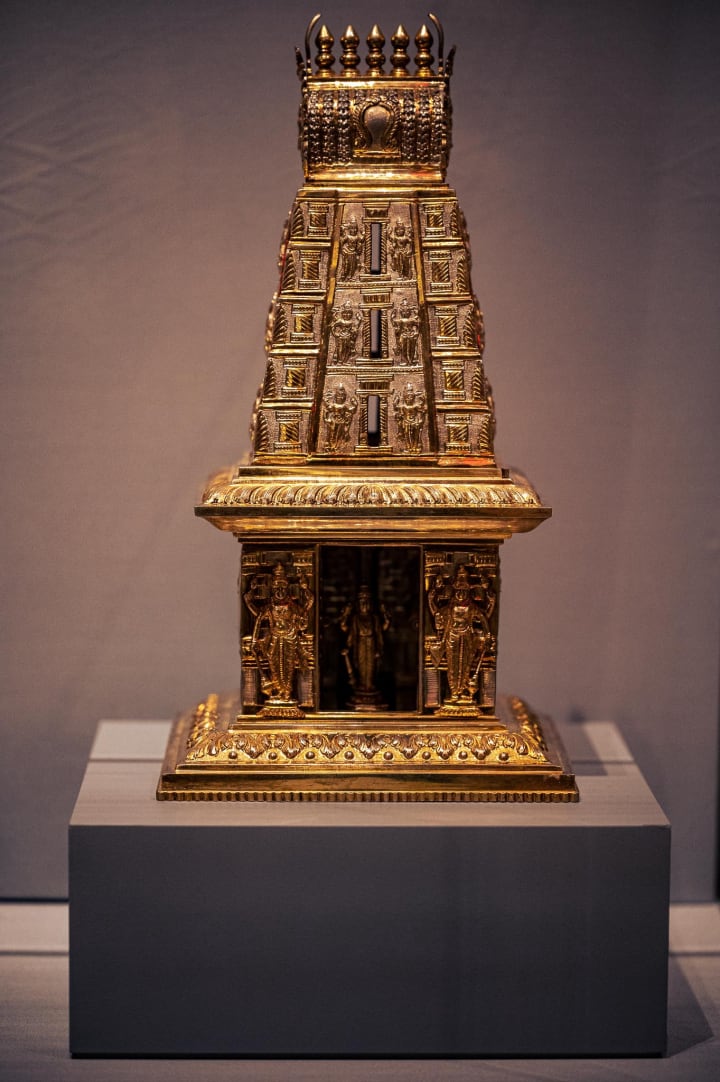
Nikon’s Z 105mm MC 2.8 VR lens immediately sold out after it was announced last year; a sought after item since. After waiting months for one myself, I impatiently imported a lens and have been enjoying it in all sorts of ways. Fast-forward a few months and I come across a discussion about the lens on Reddit and realized that folks were still having issues with Nikon’s lack of supply. Either this glass is made of unobtanium or Nikon is still suffering from supply issues in Thailand. While I can’t do anything about the lack of available lenses, I can help with the lack of first-hand impressions. Read on!
The Nikon Z 105mm MC 2.8 VR
This is a masterpiece of a lens. It is the sharpest lens I own and the pictures taken with it are stunning. The bokeh effect is beautiful, and the colors are incredibly vivid. Nikon states this lens is perfect for both portrait and macro photography. While I cannot say a 105mm prime lens with a 1:1 reproduction ratio is a tool every photographer should own, it can be quite flexible. To illustrate that, I used the “I need to go grab some content” excuse to go shoot the accompanying photos.

The Museum
Located on the Missouri side of KC, The Nelson-Atkins Museum of Art is one of the most beloved art museums in the entire country. It houses a collection that spans more than 2,000 years and includes some of the world’s finest works from artists including Rembrandt, Monet, Gauguin, Rodin, and Van Gogh. It is sprawling, always evolving, and enveloped within the vast Donald J. Hall sculpture park. When we arrived on campus, our first stop was Thou Mayest coffee. Spacious and located within the northernmost end of the Bloch Building, the cafe offers views of the original building’s northern entrance as well as most of the north-side art sculptures.


Footwork
Drinks in hand, we walked outside to the Museum’s iconic reflecting pool, One Sun/34 Moons, then swung south, past George Segal’s bronze statue, Rush Hour. Stepping into the east end of the sculpture park, it was time to compose some shots for this article. The name of the game? Footwork. Many of the sculptures are large; getting them to fit within my viewfinder requires a lot of walking backward. The flip to this was that the lens could also get the finest, close-up details if I walked as forward as I could without touching the art. My Nikkor 70–200mm f2.8D ED lens would offer much more flexibility, but at the expense of detail, sharpness and twice the weight.
In Focus
I gotta point out that like most autofocus (AF) macro lenses, focusing can be a Dr. Jekyll & Mr. Hyde affair. If the lens’ focus point is way off, it takes a long time to hunt for correct focus. But if you have shot with an AF macro lens, you are probably used to that stuff. Faster at focusing than any other AF macro lens I’ve used previously, the Nikon Z 105mm MC was able to focus and track kids running through the park nearly as fast as the sporty 70–200mm glass.
Paired to my Nikon Z6II, photos were captured outside with virtually no noise and little distortion. As we hiked around the sculpture park, I found the Nikon Z 105mm MC to be super easy to use. In the sunshine, I found the aperture sweet spot to be around f/18 with up to 4.5 stops of Vibration Reduction(VR), I rarely even checked my shutter speed. No zoom ring to fumble with. Aim. Point. Click. Super simple. Indoors, however, was more challenging.

Low Light Artifacts

Inside the museum was considerably darker, stripping me of my point-and-shoot freedom. Capable of a fast aperture of 2.8, I had to open up the lens a lot to capture the available light. But with such creamy bokeh, I had to also be cautious about going to far as it was very easy to turn a picture into a blanket of soft edges and blurred lines. The other option was to utilize the Nikon Z6II’s insanely high ISO, at the cost of digital grain. That latter resource wasn’t necessary for the majority of our stay but there were some exhibits that were extremely low lit.

This was especially true in the Asian Art hall’s Screens and Scrolls room. Some of the artwork here dated back as far as the 5th century. The lights other Asian exhibitions were dim to help preserve such delicate and priceless artifacts, if not add a bit of drama to the artifacts .A good use of such theatrics is one of my favorite Asian Hall exhibits: the eight-foot-tall, “Guanyin of the Southern Sea” statue. The lens’ 1:1 macro reproduction worked well in capturing some of exhibit miniatures, and blurry photos were no issue thanks to image stabilization.


When not shooting macro, i occasionally found the long focal length a detriment as I could never physically get far enough away from the art to get it all in frame… not without bumping into more art. This story would repeat itself during our time inside the museum, forcing me to be a little more clever with my approach to shot composition.
Back to the Beginning

Back in the brightly lit Bloch Building, the wife and I visited the African American Artists Collective’s exhibit, Testimony. As a member of the AAAC, it was stellar to see so much local Black talent on display at the Nelson-Atkins. At this point in our trip, the wife and I both complained about tired feet and it was only then that I noticed how light the lens was. As the Nikon Z 105mm MC 2.8 lens is super lightweight at less than 630g, I never experienced any arm or wrist fatigue during the trip.To compare, the previously-mentioned 80–200mm glass weighs nearly three pounds; my shoulders, arms, and wrists would definitely be a little tired.
Should you run out and get this lens?

Should you wait for stocks to finally level out? Maybe skip the waiting and jump onto a big auction site like I did? Honestly, I do like this lens a lot. It’s fast, lightweight, and takes incredibly sharp pictures. But, for a little less picture detail and a lot less price are gently used lenses like the Nikon AF-S Nikkor 105mm f/2.8g Micro ED VR IF. It would have to adapted to the Nikon Z cameras with the FTZ adapter but it’s nearly half the price of a new Z 105mm. And, a much more realistically flexible glass would be the 24–120mm Nikon AF-S f/3.5 G IF ED VR, which you can also get for a steal used.
But whaddabout you? Have you grabbed one yet? I’d love to know what your favorite prime lens is and what subjects you shoot with it! The 105mm is quickly become a favorite of mine and I hope to share more pics with it soon. Until then!
Stay Well
About the Creator
Keith
Polymath, jack of all trades or just really, really bored.
Photographer by trade, duck daddy by choice. Depressive because we live in a society yet here I am, writing about all of it. Stay Well & Stay Tuned






Comments
There are no comments for this story
Be the first to respond and start the conversation.